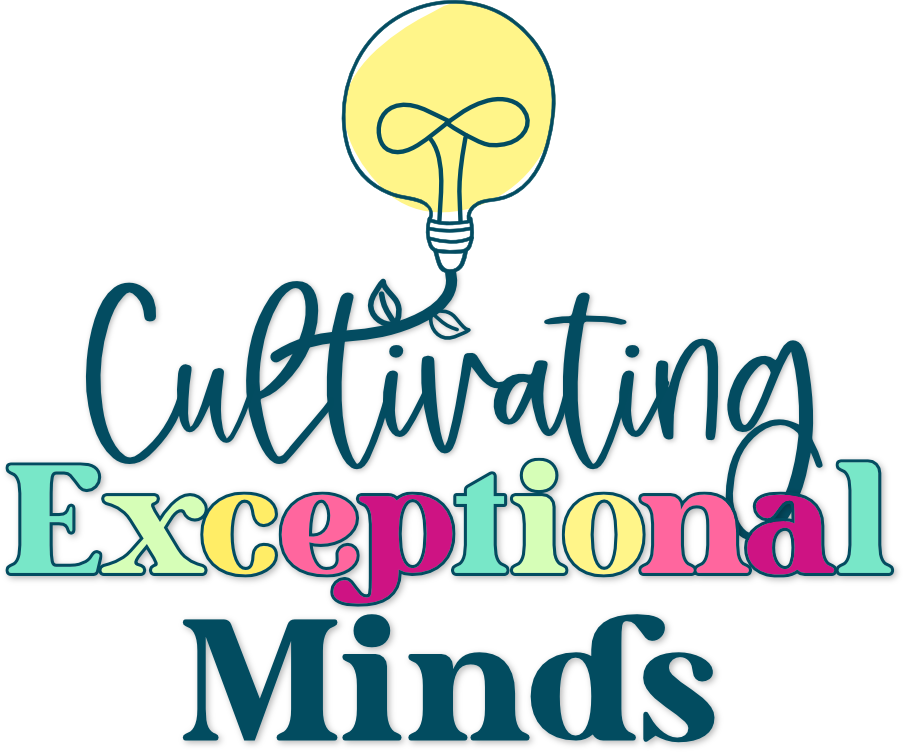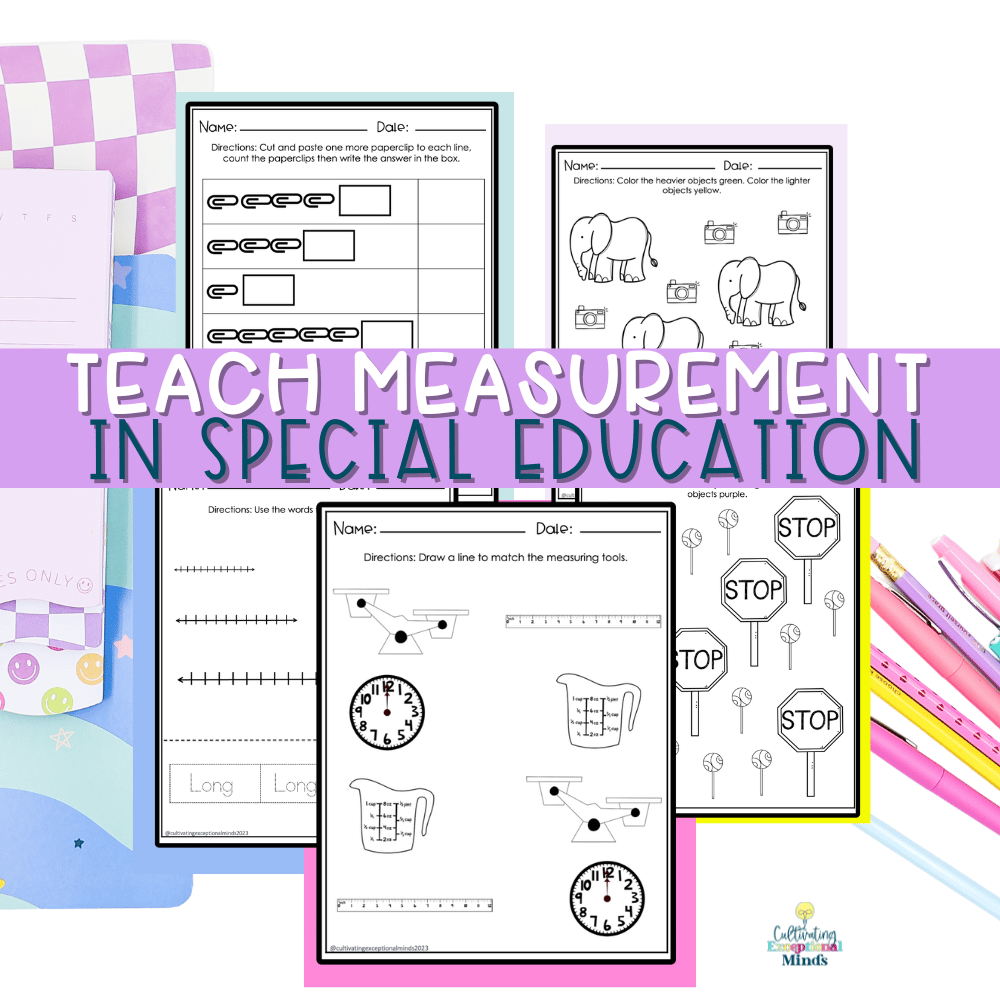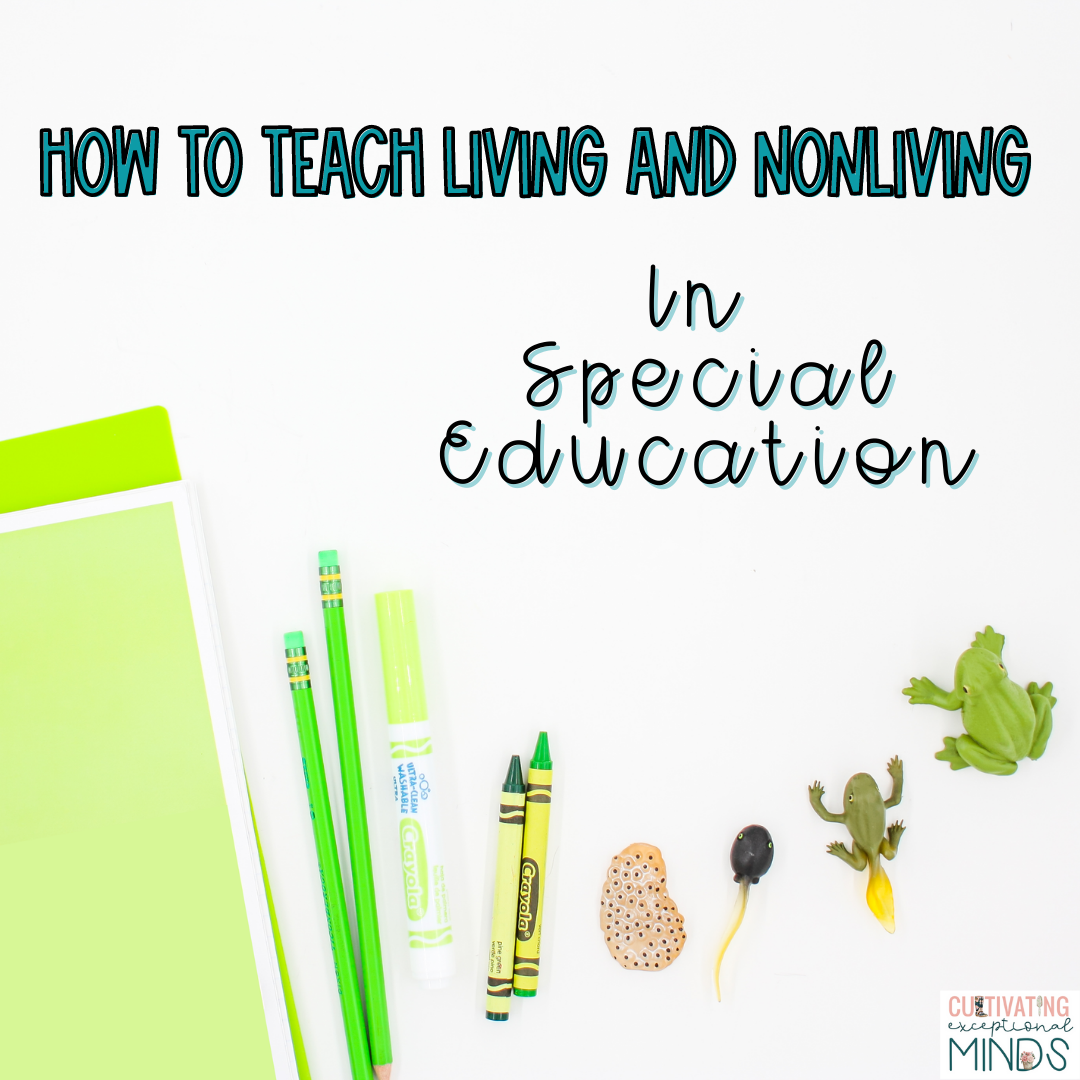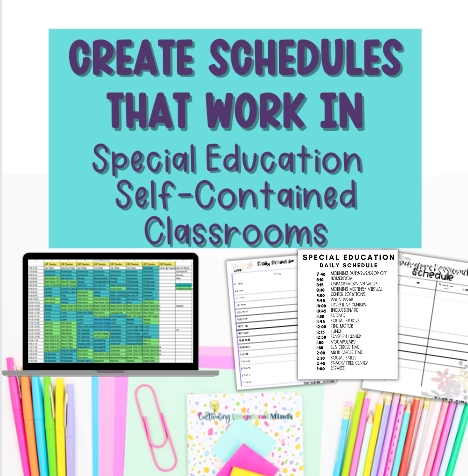How to Teach Math in Special Education Classrooms with Hands-On Strategies
Teaching math in special education classrooms requires a structured, engaging, and hands-on approach to ensure all students grasp foundational concepts at their own pace. Whether you’re working on basic counting, telling time, fractions, or multi-step problem solving, having the right tools and instructional methods makes all the difference.
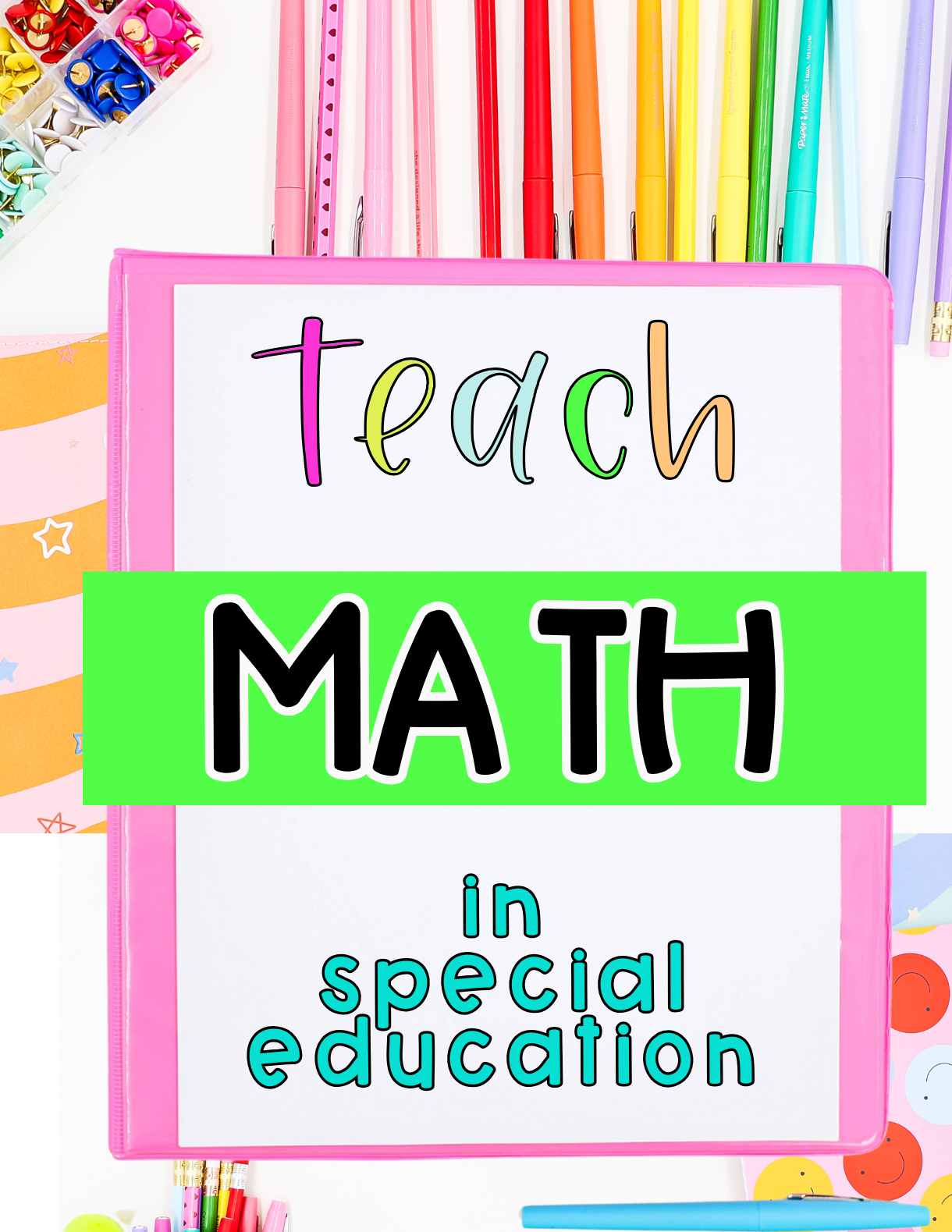
This guide will walk you through essential math teaching strategies while linking to in-depth resources that provide ready-to-use activities and worksheets. If you’re looking to create a well-rounded math curriculum for special education, you’re in the right place!
Why Math Instruction in Special Education is Unique
- Math is an essential life skill, but for many students in special education, it can feel overwhelming without the right supports. Common challenges include:
- ✅ Difficulty understanding abstract concepts.
- ✅ Struggles with number sense and sequencing.
- ✅ Need for visual and hands-on learning experiences.
- ✅ Gaps in foundational skills that require differentiated instruction.
By using structured, multi-sensory approaches, teachers can build students’ confidence while reinforcing real-world applications of math skills.
Key Math Topics and Strategies for Special Education
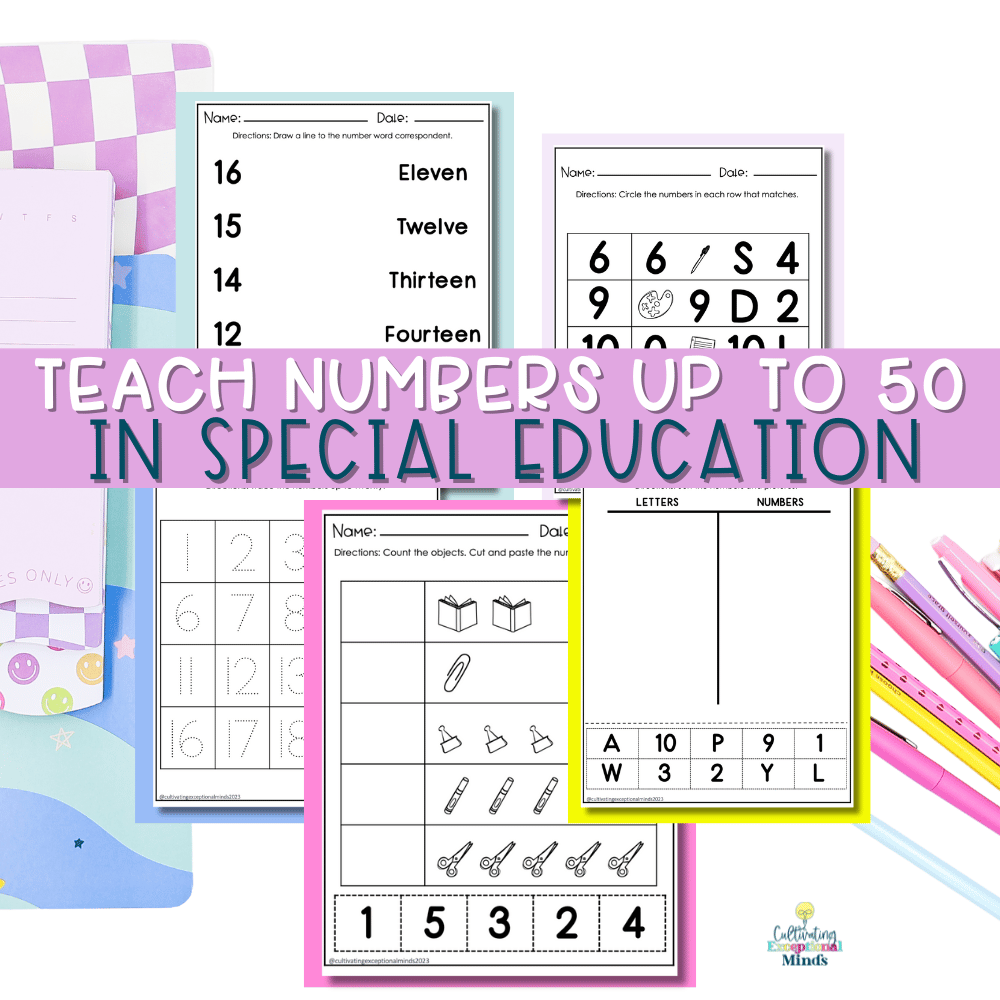
1. Teaching Counting in Special Education
- Before students can solve equations, they must develop strong number sense. Counting activities should focus on:
- 🔹 One-to-one correspondence using manipulatives.
- 🔹 Rote counting paired with visual supports.
- 🔹 Number recognition through interactive tasks.
For more hands-on strategies, check out Teaching Counting in Special Education Classrooms for engaging ideas that help students build a strong foundation in math.
2. Teaching Telling Time in Special Education

- Understanding time is a critical skill that helps students manage daily routines, understand schedules, and develop independence. Effective strategies include:
- ⏰ Using manipulative clocks to make time-telling concrete.
- ⏰ Incorporating daily routines that reinforce AM/PM concepts.
- ⏰ Teaching elapsed time through real-life scenarios.
For detailed lesson plans and engaging activities, explore Teaching Telling Time in Special Education.
3. Teaching Addition and Subtraction in Special Education
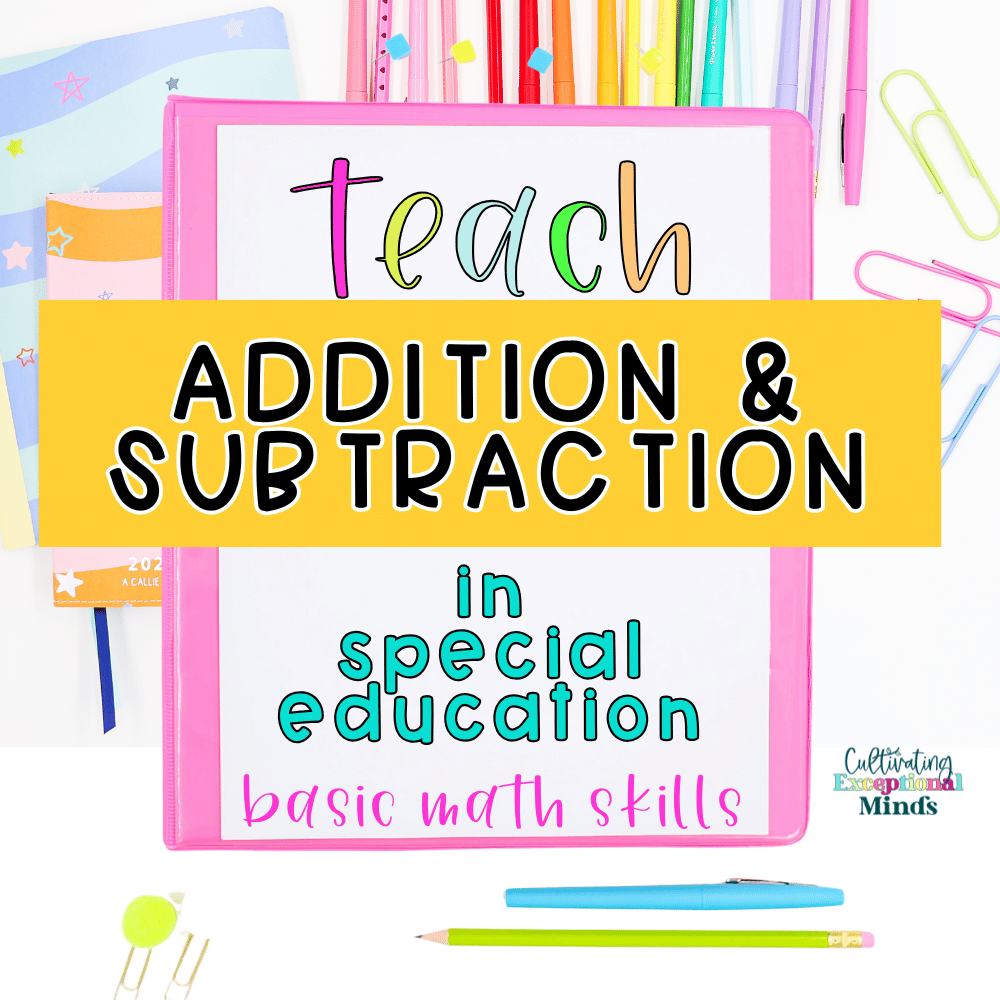
- Basic operations like addition and subtraction are fundamental to problem-solving and real-life decision-making. The best ways to teach these concepts include:
- ✔ Visual supports like number lines and ten frames.
- ✔ Hands-on practice with counting cubes or manipulatives.
- ✔ Scaffolded instruction, starting with single-digit operations before progressing to double-digit problems.
For structured strategies, download our Addition and Subtraction Math Curriculum, designed for special education classrooms.
For in-depth teaching tips, read Teaching Addition and Subtraction in Special Education.
4. Teaching Fractions in Special Education

- Fractions can be one of the most challenging math concepts for special education students, but breaking them down into visual and hands-on experiences makes them easier to grasp. Strategies include:
- 🔸 Fraction bars and number lines to create a visual model.
- 🔸 Sorting and matching activities to reinforce understanding.
- 🔸 Real-world applications, like dividing a pizza or measuring ingredients.
For step-by-step guidance, check out Teach Fractions in Special Education and explore our Fractions Math Unit for interactive fraction-building activities.
5. Teaching Multiplication and Division in Special Education
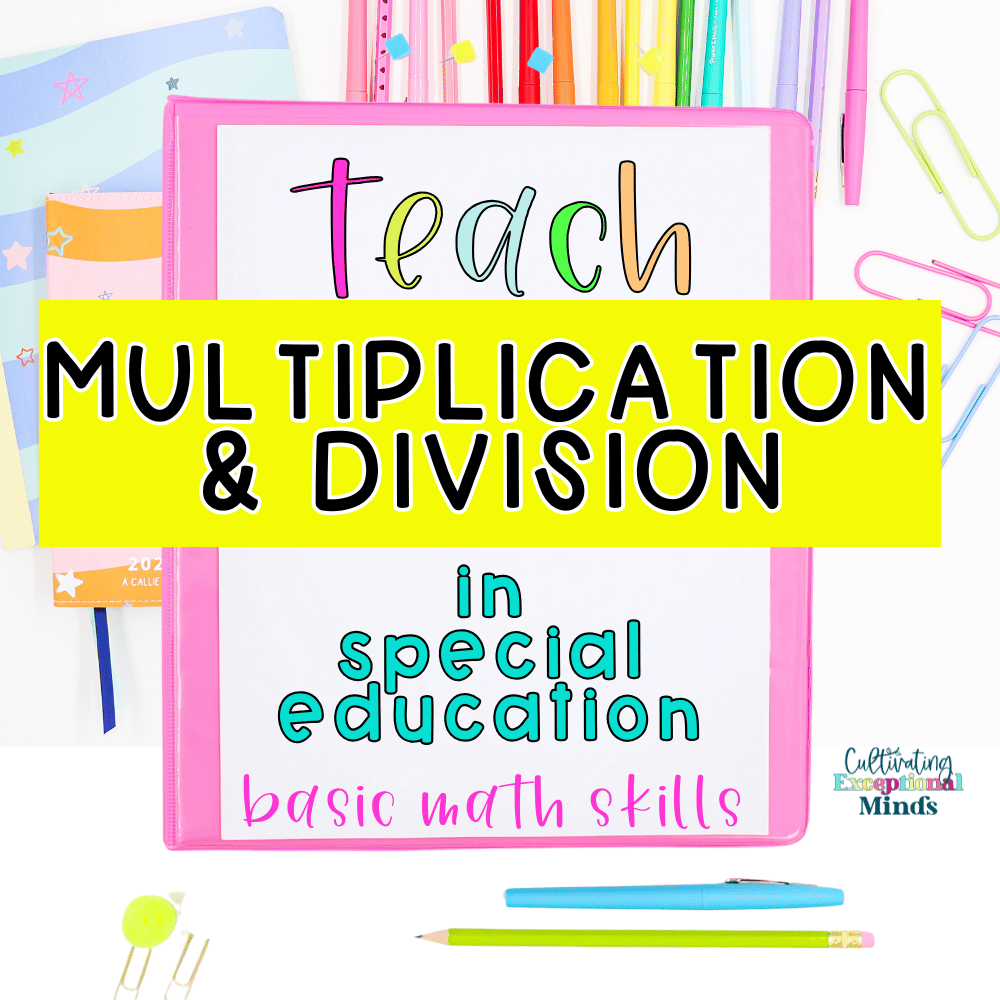
- Multiplication and division require a conceptual understanding of grouping and repeated addition/subtraction. Effective strategies include:
- ✅ Arrays and equal groups to help students visualize multiplication.
- ✅ Hands-on grouping activities using cubes or counters.
- ✅ Errorless repetition to build fluency and confidence.
For more structured lesson plans, check out Multiplication and Division Activities for Special Education and our Multiplication & Division Math Unit for hands-on differentiation strategies.

Comprehensive Math Curriculum for Special Education
If you’re looking for a full-year special education math curriculum, the Special Education Math Curriculum Bundle is the perfect all-in-one resource.
- 📌 What’s Included?
- ✔ Differentiated worksheets for counting, time, fractions, and operations.
- ✔ Interactive task cards, adapted books, and manipulatives-based learning.
- ✔ Progress monitoring tools aligned with IEP goals.
This curriculum is designed to save you time while ensuring students receive the structured, hands-on support they need to master essential math skills.
Teach Math in Special Education
How to Teach Math in Special Education Classrooms with Hands-On Strategies Teaching math in special education classrooms requires a structured, engaging,…
Teaching addition and subtraction in special education
Teaching addition and subtraction in a special education classroom comes with unique challenges, but with the right strategies and resources,…
Teach Fractions in Special Education
Teaching fractions in a self-contained special education classroom can feel like an uphill battle, but with the right strategies and…
Teaching Multiplication and Division in Special Education
Teaching multiplication and division in a special education classroom can feel overwhelming. With each student having unique needs, finding resources…
measurement worksheets for special education
Teaching measurement in special education classrooms doesn’t have to feel overwhelming. With the right strategies and engaging measurement worksheets for…
Mastering Data and Graphing in Special Education Classrooms
Teaching data and graphing in special education classrooms can sometimes feel overwhelming. With the right tools and strategies, it becomes…
Final Thoughts: Making Math Accessible for All Students
Teaching math in special education classrooms doesn’t have to be overwhelming. By incorporating visual supports, hands-on activities, and differentiated instruction, students can build confidence in their abilities.
If you’re looking for ready-to-use resources to simplify lesson planning while keeping students engaged, be sure to explore the Special Education Math Curriculum Bundle.
Check out all the units:
📢 Ready to transform your math instruction? Explore our full Special Education Math Curriculum and grab your free sample today!
